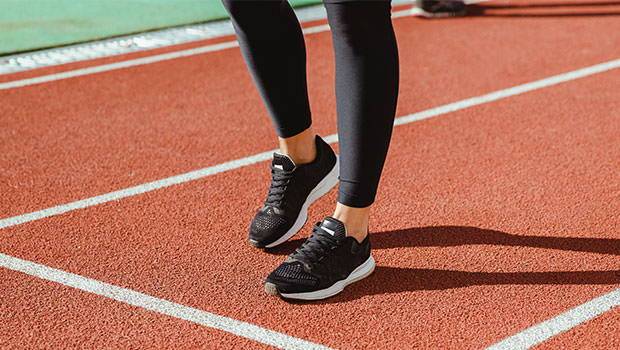The calf is ranked among the most difficult muscle groups to develop due to two important factors: training and genetics. Again, as for most of the time, a good workout starts with … a good anatomy lesson!
Here are some simple concepts for proper calf development.
The calf consists of three muscles: the Gastrocnemius, the Soleus and the Plantar. The Gastrocnemius is undoubtedly the largest of the three and when it is fully developed it has a shape similar to a well visible diamond in the back of the leg. A person can have a Gastrocnemius with high or low insertion, which means that when he is tall, the muscular abdomen is shorter while it is longer in a low insertion situation.
This is a factor due to personal genetics and cannot be changed through training, so a person with high insertion will find it more difficult to develop the Gastrocnemius than another person with low insertion. However, it is not the case to be discouraged. With a proper and consistent training the Gastrocnemius will grow, no matter where the muscle is inserted, the important thing is to be realistic and well aware of their genetic limitations.
The next muscle is the Soleus which lies deep beneath the Gastrocnemius and is visible only at the sides of the lower leg. To complete the muscular trio we find the Plantar, which is a small muscle that originates in the back of the knee and is completely hidden by the Gastrocnemius.
The Plantar muscle becomes the plantar tendon as it runs along the entire calf and connects directly to the Achilles tendon. The plantar presents a high density of muscular bundles that leads many people to believe in its important proprioceptive function which, by simplifying, can be seen as that particular function of sending messages to the brain to communicate where and how the calf should be moved.
It’s curious to note that a fairly varied percentage of people is not equipped with Plantar muscle and how easy it is to injure him only after a Gastrocnemius injury because alone it is really very difficult to damage it if not with really dangerous trauma.
The peculiarity of the plantar is that several studies have not been able to determine the role of this muscle with regard to the movement of the calf, and often it is not even detected during magnetic resonances. What is known with certainty is that the Plantar acts as a support in cases where the Achilles Tendon suffers injuries or injuries thus allowing the correct flexion of the foot.
It is the almost common opinion that the calves should be trained every day, but it is not absolutely true because, as for all the muscles, there is the risk of over training them and compromising their correct development. It is also correct to state that calf training should not be time-wasted and should be scheduled once or twice a week, preferably before each other.
For the development of calves, there are several useful exercises but the advice is to focus on those two or three movements that are more suited to your training style and to perform, for each exercise, three series with a range from 10 to 25 repetitions each. In this way, you will have the certainty of going to touch all the muscles of the calf with constancy and effectiveness.
In calf training, it is very important the muscle contraction time which is very common to many other muscles groups with slow-twitch fibers where, as in the case of the calves, it is good that the rhythm between one repetition, and the other is at least four seconds for a series of 25 repetitions.
The loads used for the series should be very close to 60-70% 1RM (1 maximum repetition) so we talk about a medium-low load able to guarantee a rather long contraction time while the recovery times between the series must be very short but not less than 40 seconds.











